Winter is my favorite part of the year for astrophotography. Some fantastic astronomical objects appear as nights get longer and colder in the night sky. As Summer Milky Way is probably the most popular astrophotography topic, the Winter sky is more colorful and diverse in some ways. So dress warm, grab your DSLR and telescope, and shoot these 5 Winter astrophotography targets this season! If you plan for the coming months, check out my total astrophotography targets by month list.
Jump to:
- 1. Orion Nebula (M42) - the King of Winter Astrophotography
- 2. Pleiades Star Cluster (M45)
- 3. Flame and Horsehead Nebulae (NGC 2024 and Barnard 33/NGC 2023)
- 4. California Nebula (NGC 1499)
- 5. Rosette Nebula (Caldwell 49)
- Additional Winter astrophotography targets
- Astrophotography equipment I used to shoot these pictures
- 💬 Comments
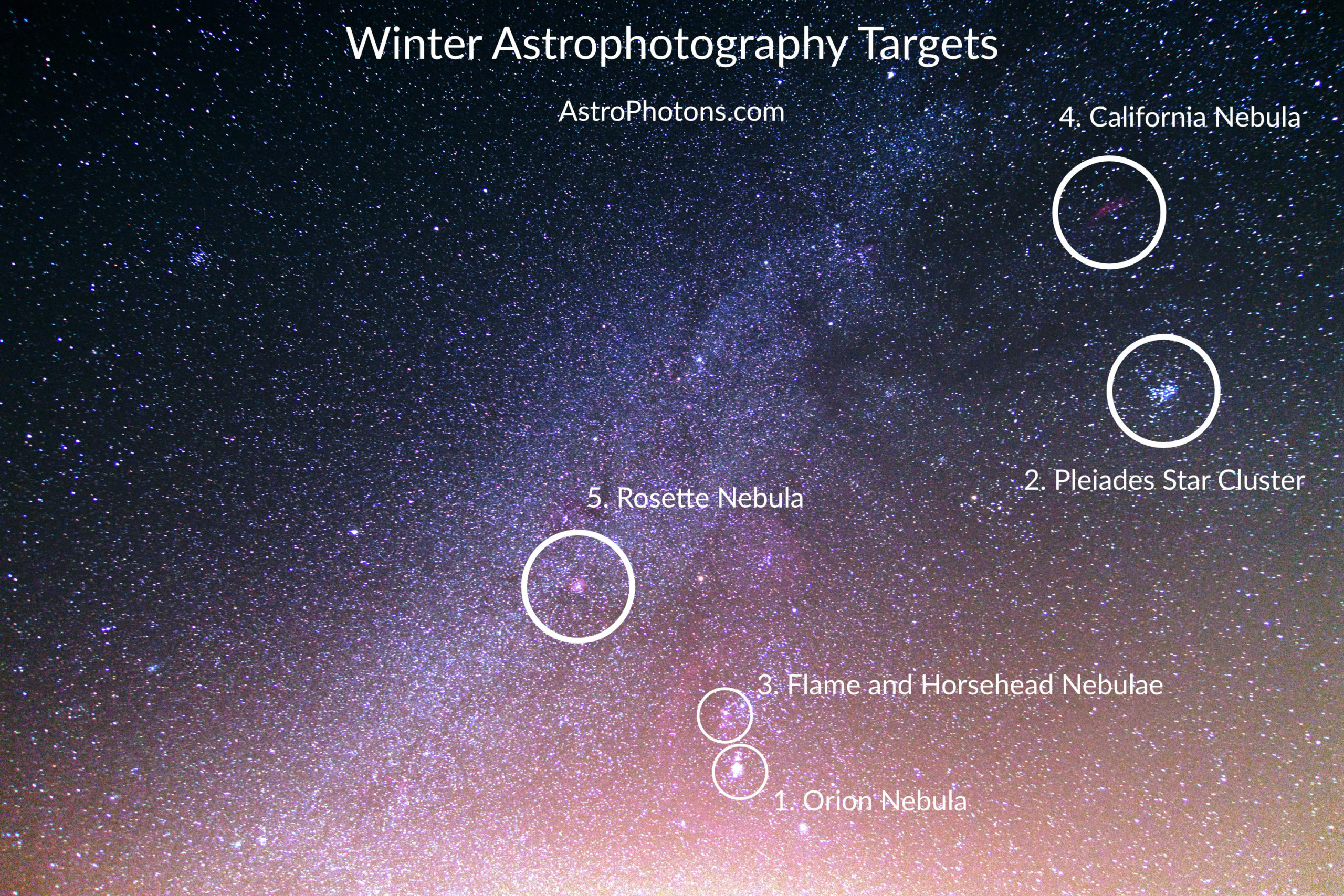
1. Orion Nebula (M42) - the King of Winter Astrophotography

| Constellation | Orion |
| RA (right ascension) | 05h 35m 173s |
| DEC (declination) | −05° 23′ 28″ |
| Magnitude | 4.0 |
| Size | 66 × 60 arcmins |
The king of the Winter sky can be only one - please welcome the Orion nebula! This bright diffuse nebula is THE beginner astrophotography target. It's visible with the naked eye, very quickly localizable, and you can shoot it with almost any fast lens or telescope - the Orion area is so rich in astrophotography treasures.
Finding Orion is easy because it's one of the most prominent and recognizable constellations in the sky. Also, it lies next to Sirius, the brightest star in the night sky. Look South for a diamond-like structure; Orion Nebula is there. If you have trouble locating celestial objects in the night sky, use some astronomy apps for your smartphone.
2. Pleiades Star Cluster (M45)

| Constellation | Taurus |
| RA (right ascension) | 03h 47m 24s |
| DEC (declination) | +24° 07′ 00″ |
| Magnitude | 1.6 |
| Angular size | 110 arcmins |
Another bright object in the night sky, the Pleiades star cluster, appears like a bit of cloud made from stars, even from the center of a moderately-sized city. However, thanks to its large size in the sky, the Pleiades star cluster is a perfect target for a small APO telescope or a high-quality telephoto lens. To find out more about how to locate and what camera settings to use for the Seven Sisters star cluster, check out my post on how to photograph the Pleiades star cluster:
3. Flame and Horsehead Nebulae (NGC 2024 and Barnard 33/NGC 2023)

| Object | Flame Nebula | Horsehead Nebula |
| Constellation | Orion | Orion |
| RA (right ascension) | 05h 41m 54s | 05h 40m 59s |
| DEC (declination) | −01° 51′ 0.0″ | −02° 27′ 30.0" |
| Magnitude | 7.2 | 4.5 |
| Size | 30 × 30 arcmins | 60 × 40 arcmins |
One of the most colorful areas on the Winter night sky, the Flame and Horsehead nebulae are favorite Winter astrophotography targets for many astrophotographers worldwide, including me. The most recognizable object in the area is, of course, the head of a horse. Be sure to take many subframes to get as much detail as your equipment can! Adding H-alpha data to your RGB image will significantly improve the quality of your photo. And be patient with imaging - the higher the Orion constellation is in the sky, the less light pollution you will have in your picture.
4. California Nebula (NGC 1499)
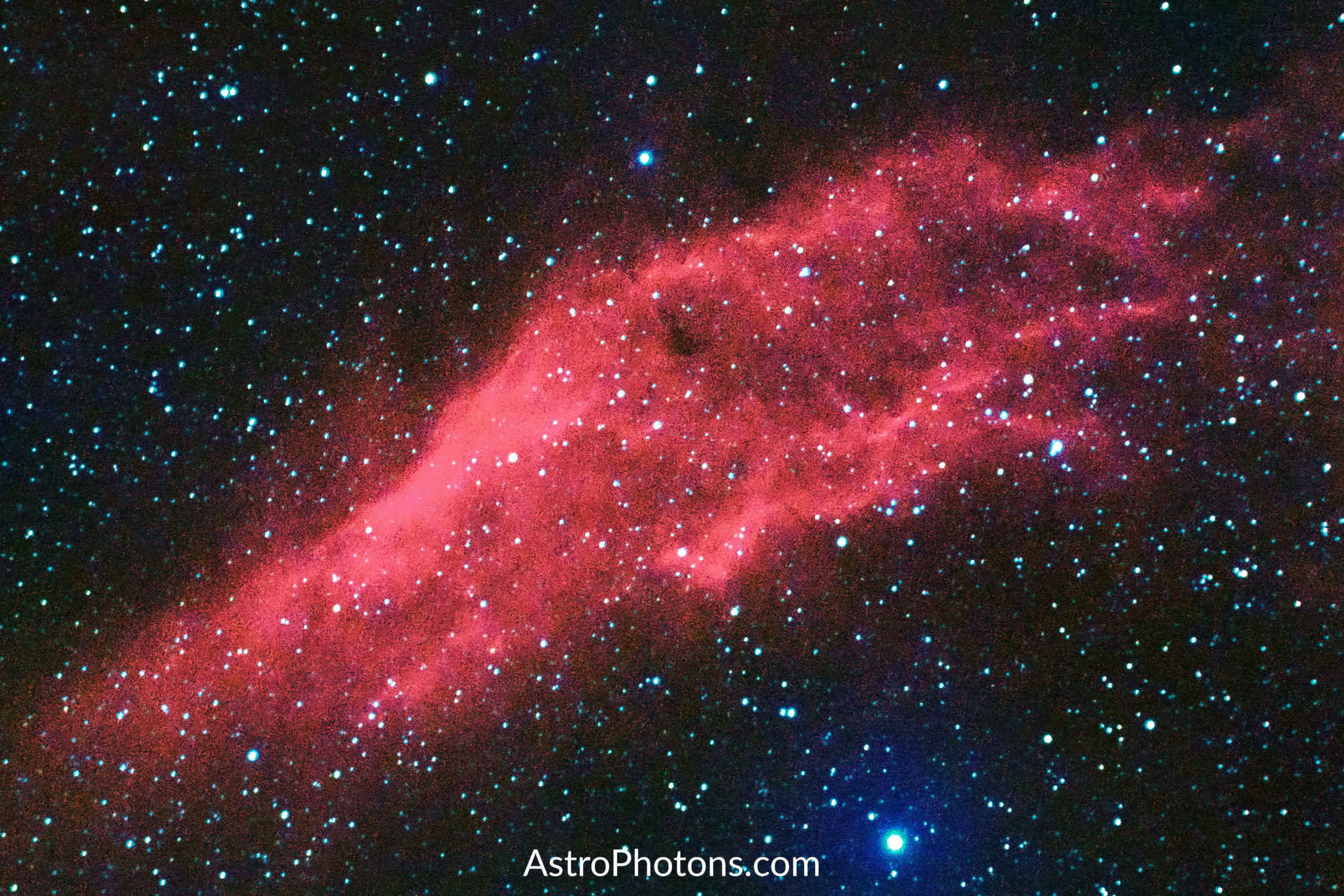
| Constellation | Perseus |
| RA (right ascension) | 04h 03m 18.00s |
| DEC (declination) | +36° 25′ 18.0″ |
| Magnitude | 6.0 |
| Size | 145 × 40 arcmins |
The California Nebula is a perfect target for your H-alpha astrophotography setup, but even imaging in RGB-only gives fantastic results. You don't need a giant telescope to photograph this nebula, as its size in the night sky is relatively huge. Even a telephoto lens (200mm-400mm focal length) will reveal many hidden details of this fantastic beginner target. It's high in the sky, so light pollution shouldn't be a big deal.
5. Rosette Nebula (Caldwell 49)

| Constellation | Monoceros |
| RA (right ascension) | 06h 33m 45s |
| DEC (declination) | +04° 59′ 54″ |
| Magnitude | 9.0 |
| Angular size | 80 × 60 arcmins |
The Rosette nebula is another perfect example of an astrophotography target that could greatly benefit from imaging in H-alpha, like the California and Horsehead nebulae pictures above. It's a quest for my next Winter astrophotography session, as my current picture of the Rosette Nebula above is a stack of RGB data only (but let's be honest, astro pictures are never complete - you can always add more and more data).
Additional Winter astrophotography targets
Some prominent targets are missed on this list just because I haven't had an opportunity to photograph them - yet. My following Winter astrophotography targets are:
- Heart and Soul Nebulae
- Barnard's Loop (Orion constellation at around 50mm focal length)
- Crab Nebula
- Flaming Star Nebula
- Cone Nebula
- Christmas Tree Cluster
- Thor's Helmet
Astrophotography equipment I used to shoot these pictures
I shot the pictures above with my mobile widefield astrophotography setup below, usually from my balcony. I don't see the Polaris from here (terrace to the South), so my polar alignment is never close-to-perfect, but even then, I can catch some quality photons in Winter. I process my data in PixInsight and Affinity Photo on macOS.
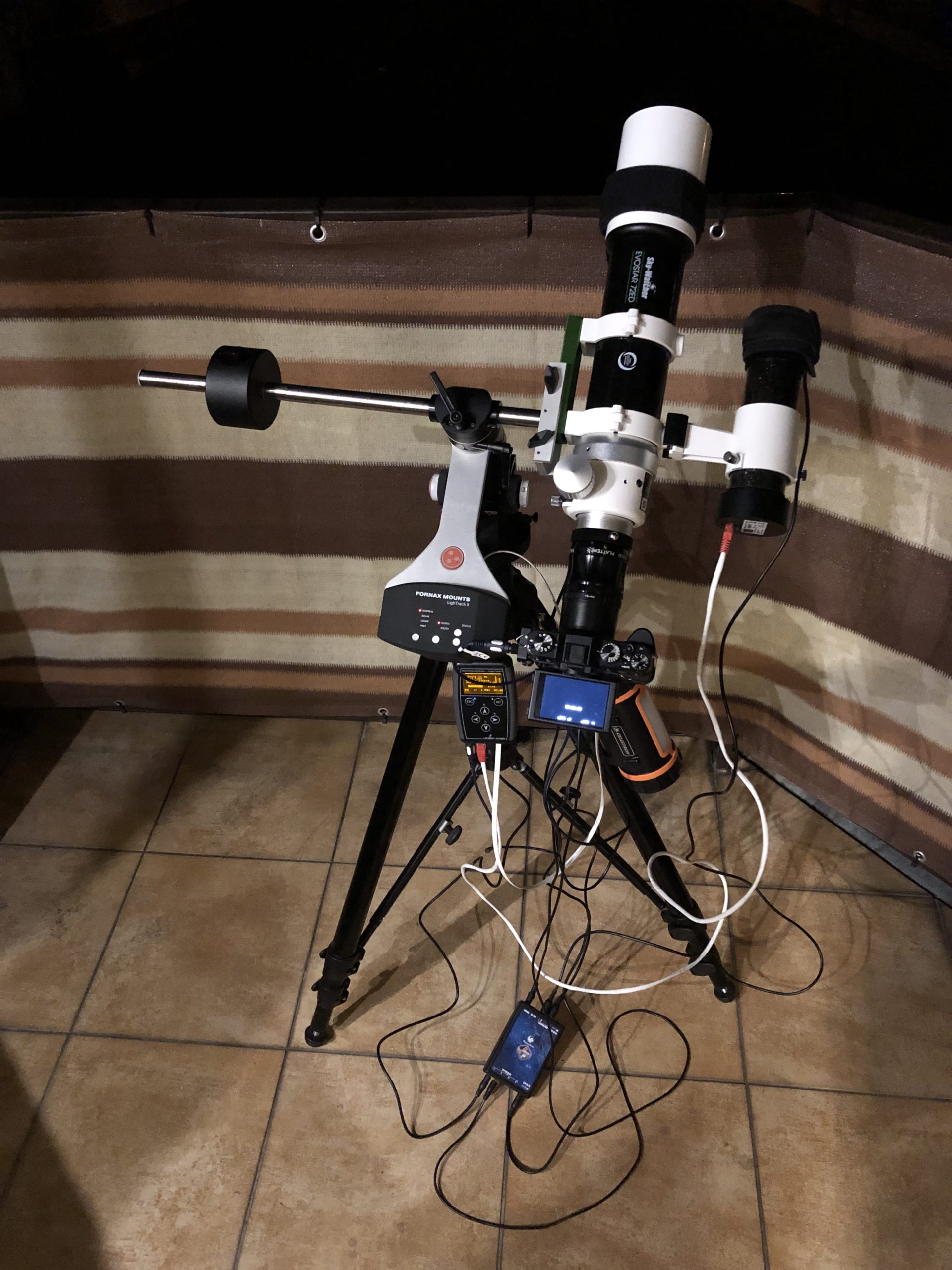
| Camera | Fujifilm X-T20 |
| Telescope | SkyWatcher Evostar 72ED |
| Mount | Fornax LighTrack II |
| Light pollution filter | Orion SkyGlow Imaging Filter |
| H-Alpha filter | Baader H-alpha 7nm |
| Autoguiding | Lacerta M-GEN II |
| Battery | Celestron PowerTank Lithium |
| Tripod | Manfrotto 475B |
| Dew heaters |
Get ready for the Spring!
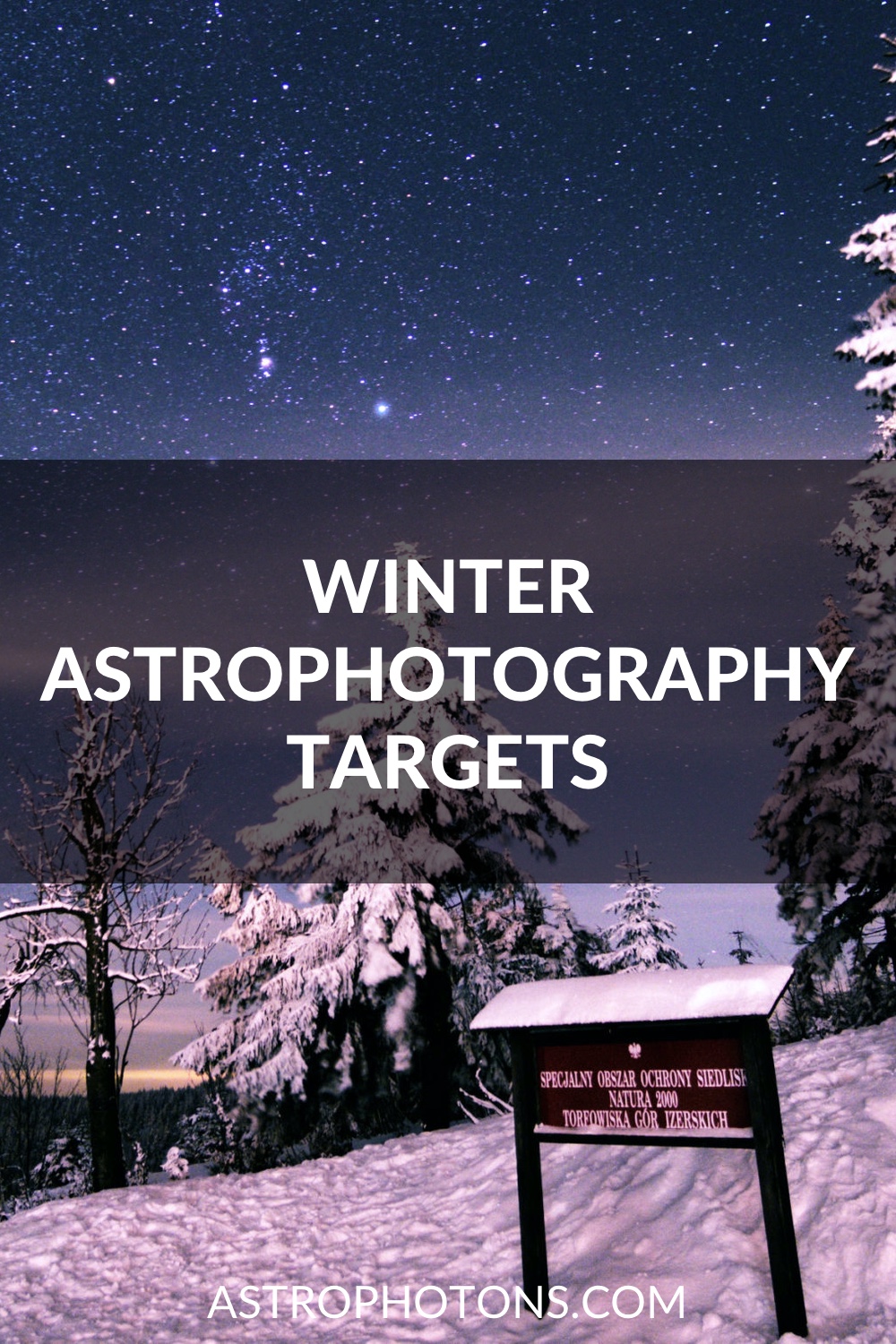





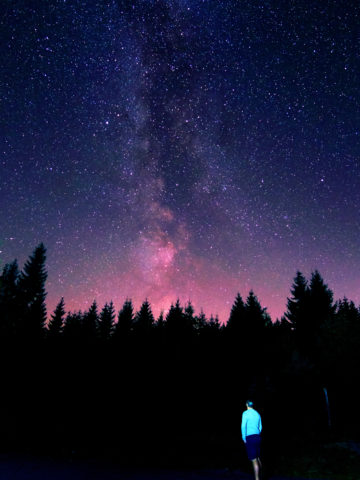
Comments
No Comments